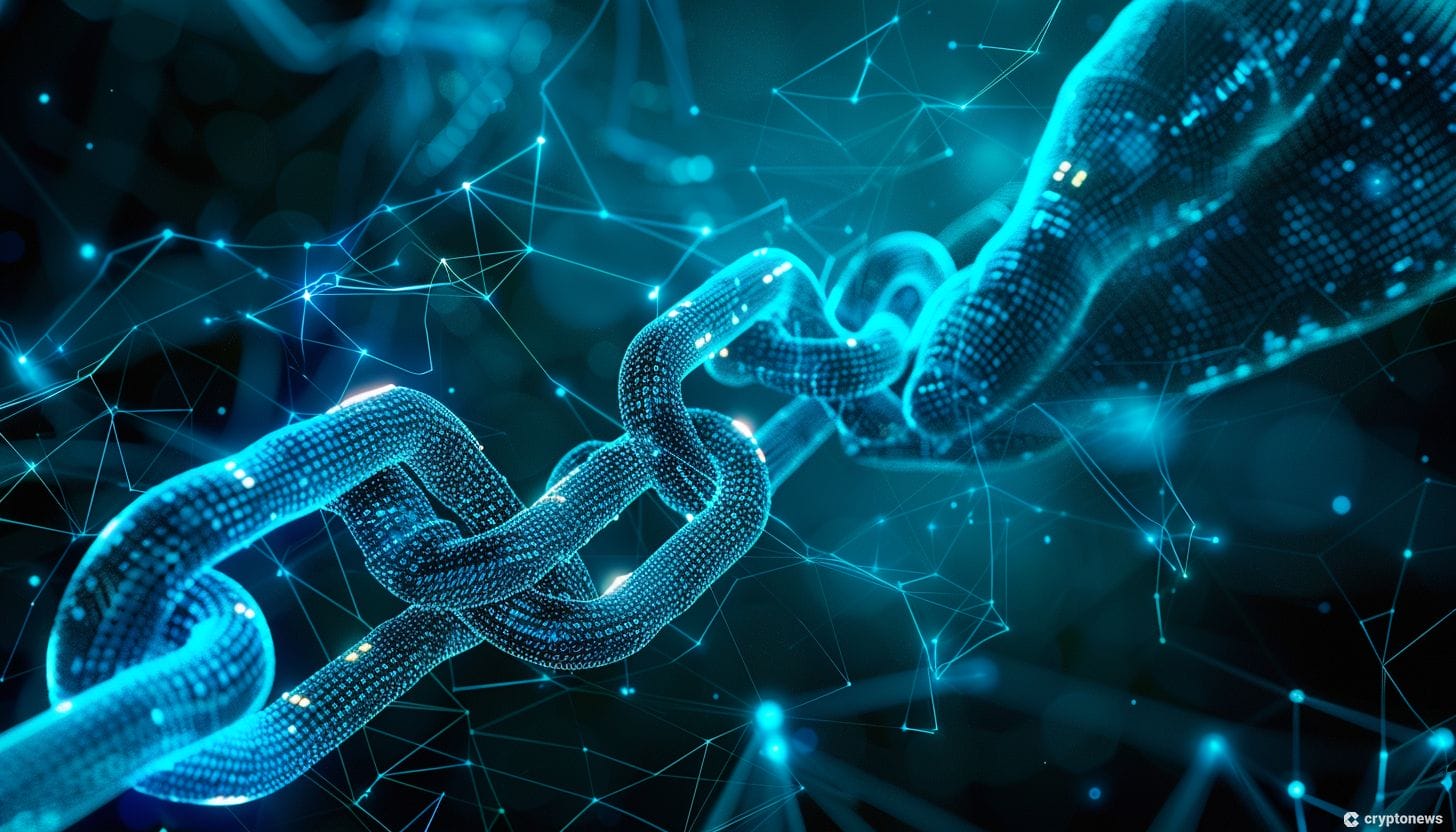Mt. Gox, the defunct Japanese cryptocurrency exchange, made headlines recently as it transferred 47,228 Bitcoin, valued at $2.7 billion, to a new wallet address. This marked the exchange’s first significant transaction since May, following smaller test transactions. The transfer was made from a cold storage wallet owned by Mt. Gox, raising questions about the exchange’s intentions and plans for the future. The move comes at a crucial time, with creditor repayments scheduled to begin this month as part of a broader plan to distribute $9 billion in Bitcoin to creditors. The trustee, Nobuaki Kobayashi, had assured creditors in June that repayment preparations were finalized and would commence in early July.
After enduring a long and tumultuous journey since Mt. Gox’s collapse in 2014 due to a hack, creditors are finally edging closer to recovery. A verification process initiated by the trustee in January has paved the way for the delayed return of funds to creditors. While specific dates for payouts remain undisclosed, the overall disbursement is anticipated to include 142,000 Bitcoin, 143,000 Bitcoin Cash, and 69 billion yen by October 2024. This progress brings hope and optimism to those who have been waiting for years to recoup their losses from the exchange’s demise.
As Mt. Gox creditors eagerly anticipate the long-awaited repayments, the cryptocurrency market is bracing itself for potential price pressure. Recent updates from creditors indicating advancements in their claims suggest that repayments in both cryptocurrency and fiat currency are in the pipeline. However, concerns arise regarding the impact of reintroducing a substantial amount of Bitcoin back into the market. Analysts at K33 Research warn that such a move could lead to price instability and downward pressure on Bitcoin’s value. The delicate balance between addressing creditors’ claims and safeguarding the market’s stability remains a key concern as the process unfolds.
The recent developments surrounding Mt. Gox’s cryptocurrency transfer and creditor repayments underscore the complexities and challenges of managing a defunct exchange’s aftermath. While the transfer of 47,228 Bitcoin to a new wallet address signals some activity from the exchange, uncertainties persist regarding its broader intentions and future plans. The upcoming creditor repayments, expected to amount to $9 billion in Bitcoin, are a crucial step towards resolving the long-standing issues stemming from Mt. Gox’s collapse. However, the potential repercussions on the cryptocurrency market, including price volatility and instability, highlight the need for a cautious and strategic approach in handling such significant transactions.
For Mt. Gox creditors, the recent progress in the verification process and impending repayments offer a glimmer of hope after enduring years of uncertainty and financial losses. The transition towards distributing funds, including Bitcoin and Bitcoin Cash, is a positive step towards addressing the legacy of the exchange’s downfall. As creditors await further details on payout timelines and procedures, the broader cryptocurrency community remains vigilant about the potential impact of a large influx of Bitcoin into the market. The delicate balance between honoring creditors’ claims and maintaining market stability underscores the complex challenges associated with handling the aftermath of a major exchange’s collapse.
In conclusion, Mt. Gox’s recent transfer of 47,228 Bitcoin and the impending creditor repayments mark significant milestones in the resolution of the exchange’s legacy. While creditors inch closer to recovering their losses, the cryptocurrency market braces for potential price pressure and volatility. The careful navigation of these dual challenges will be instrumental in ensuring a balanced and sustainable approach to addressing the fallout from Mt. Gox’s collapse. As stakeholders monitor the developments closely, the focus remains on charting a path forward that supports both creditor interests and the broader stability of the cryptocurrency ecosystem.































